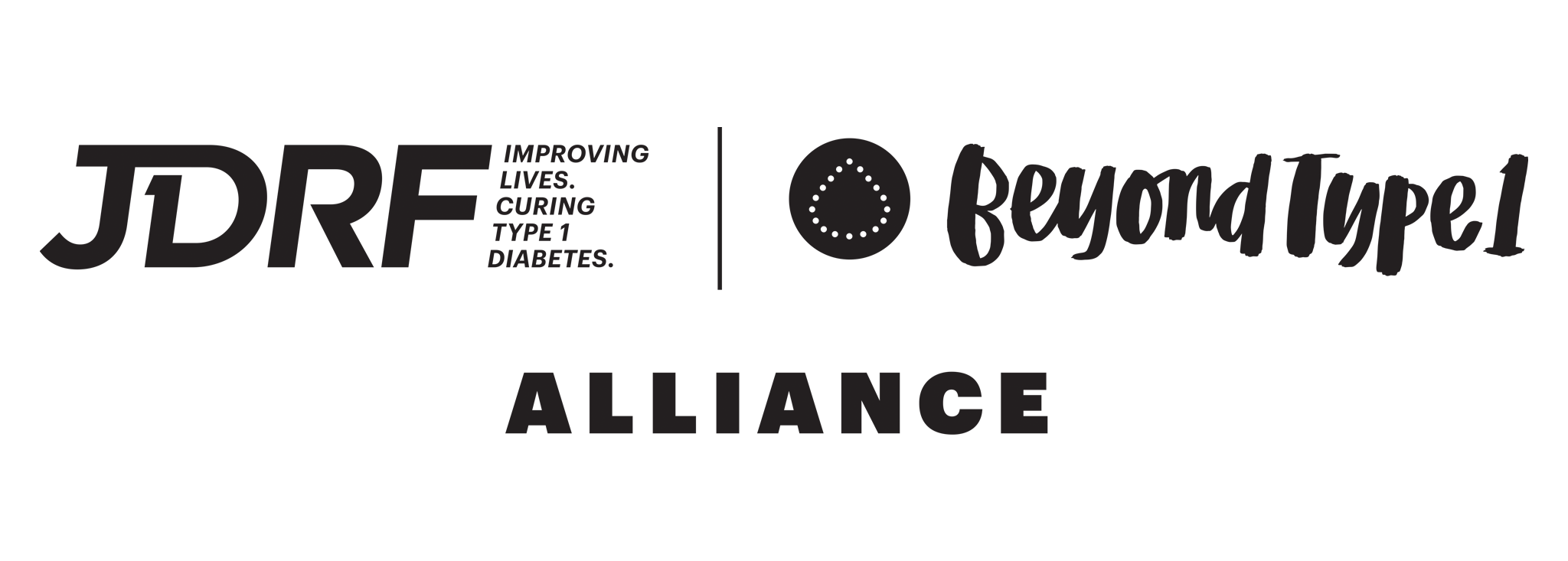JDRF CEO to Health Insurers: Cover New Technology
All of us with type 1 diabetes (T1D) know the value of technological innovations that ease the burden of living every day with this disease. The latest advance is the Control-IQ algorithm, authorized late last year by the U.S. Food and Drug Administration (FDA).
During a six-month clinical trial, the Control-IQ algorithm was synced with a Tandem t:slim X2 insulin pump and a Dexcom G6 continuous glucose monitor (CGM). The results were positive—people using Control-IQ had significant improvements in their blood glucose levels.
We now have a second closed loop, artificial pancreas (AP) system to join the Medtronic 670G, the first AP system approved in 2016.
This is great news. But these technological advances will not help people with T1D who cannot afford them. At JDRF, we’re calling on all insurers, in particular UnitedHealthcare, to seize this moment and cover every approved insulin pump and CGM. Through JDRF’s Coverage2Control campaign, we fight to ensure people with T1D have more choices and better access to the technology that works best for them.
Previously, the Medtronic 670G was the only hybrid closed-loop AP system approved by the FDA. The AP system approach to T1D management has been life changing for many people in our community, but it was not the right option for everyone. People with T1D must have choices and affordable access to all the tools that improve outcomes and, as a result, reduce health care costs for everyone.
JDRF seeks cures for T1D and is equally committed to improving lives today. We started our Artificial Pancreas Project in 2005 to meet the goal of helping people with T1D live healthier, more manageable lives until we have cures. The project outlined a roadmap for developing increasingly advanced versions of AP systems. Manufacturers have embraced the roadmap to guide their own research and development programs, which is leading to even more tools to better manage T1D.
For people with T1D, including me, life is a delicate daily balance of food intake, exercise and insulin to maintain healthy blood glucose levels. Even with new tools on the market, managing the disease requires immense and careful planning and real-time decisions to stay in a healthy blood glucose range.
Help with this balancing act is necessary for people with T1D—as well as for their friends and families. The daily challenges and costs of living with T1D mean we must urgently work together to ensure access, choice and coverage for the devices and medicines people with the disease need to survive. This FDA authorization is just the latest example of the valuable impact of JDRF’s research and advocacy. Thanks to the support of JDRF partners, community advocates, our donors, our congressional champions, dedicated researchers and innovative companies, T1D management is becoming safer.
Even better technologies—devices that are smaller, easier to use and more effective—are on the horizon. Managing T1D will get easier for more people. We have clear evidence—from many studies funded by JDRF, the National Institutes of Health and more—that pairing a CGM and a pump with software to automate insulin delivery improves A1C levels and limits severe hypoglycemic events. And we know that better glucose control reduces T1D complications.
Different pumps and CGMs work best for different people, so it’s imperative that insurance companies cover the full range of diabetes management devices on the market. Now more than ever, UnitedHealthcare should cover all insulin pumps and lift restrictions that limit the choices of its members. Connecting a CGM and an insulin pump to create an AP system should be safe, secure and available to anyone who wants to use one. Denying coverage to new technology advances is inexcusable.
JDRF will continue to drive forward the most impactful technologies to support people with T1D. We will keep fighting to ensure people with T1D have more choices and better access to the technologies and treatments that work best for them until there are cures for T1D.
Find out how you can advocate for coverage for people with type 1 diabetes here. Brought to you by the JDRF – Beyond Type 1 Alliance.
To learn more about all the great T1D research being funded by JDRF, visit their research and impact page here.











